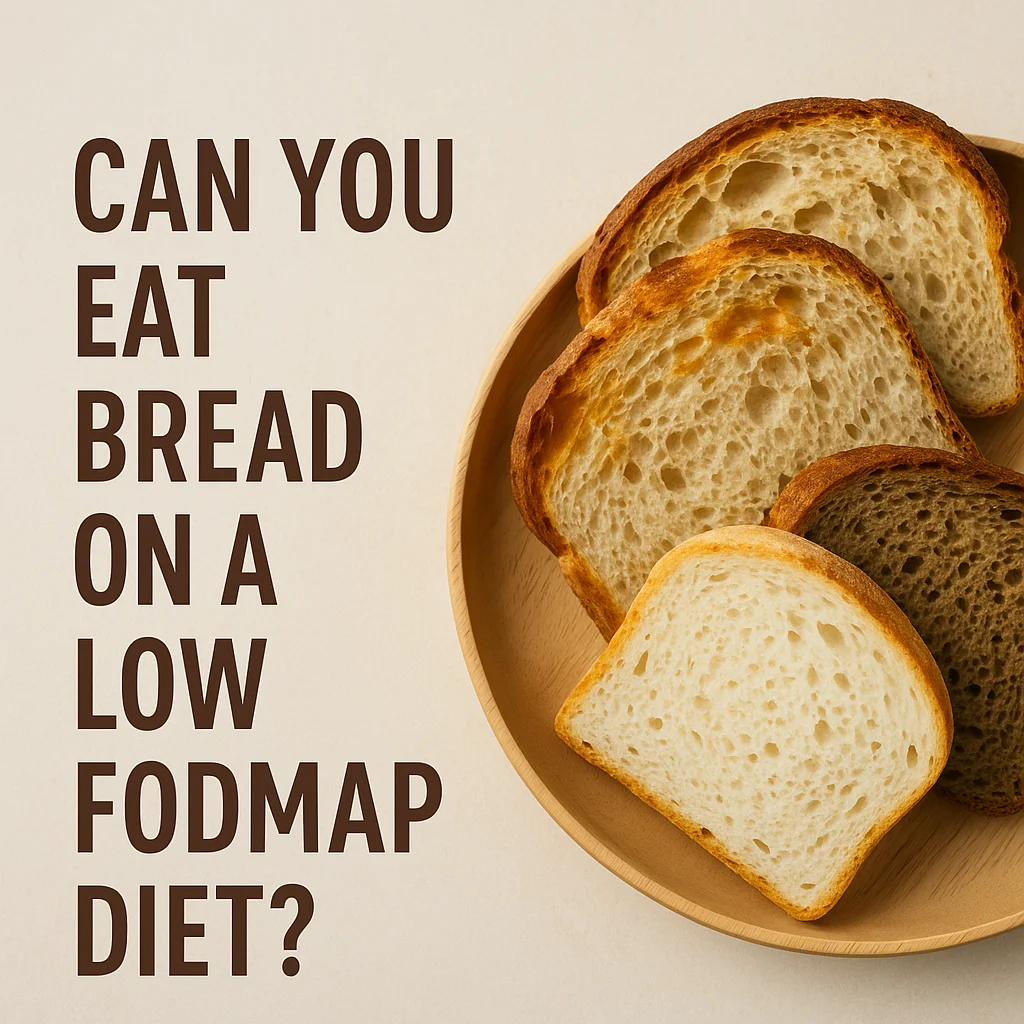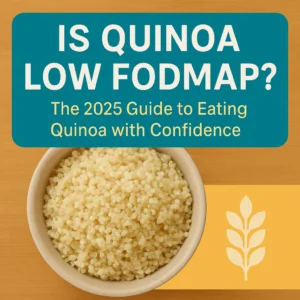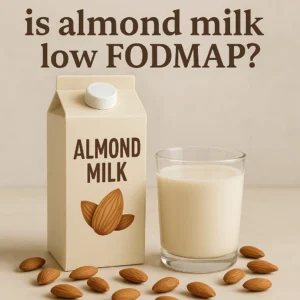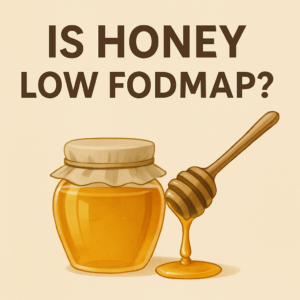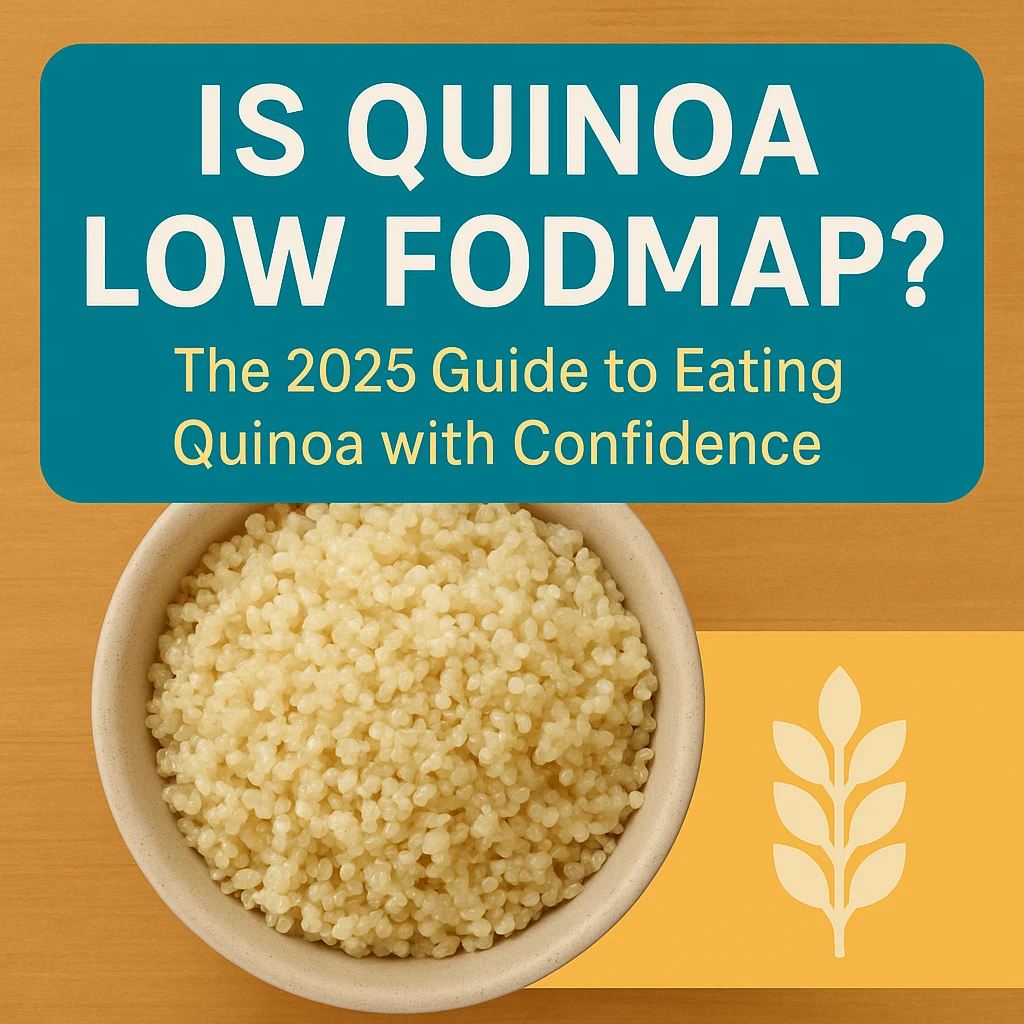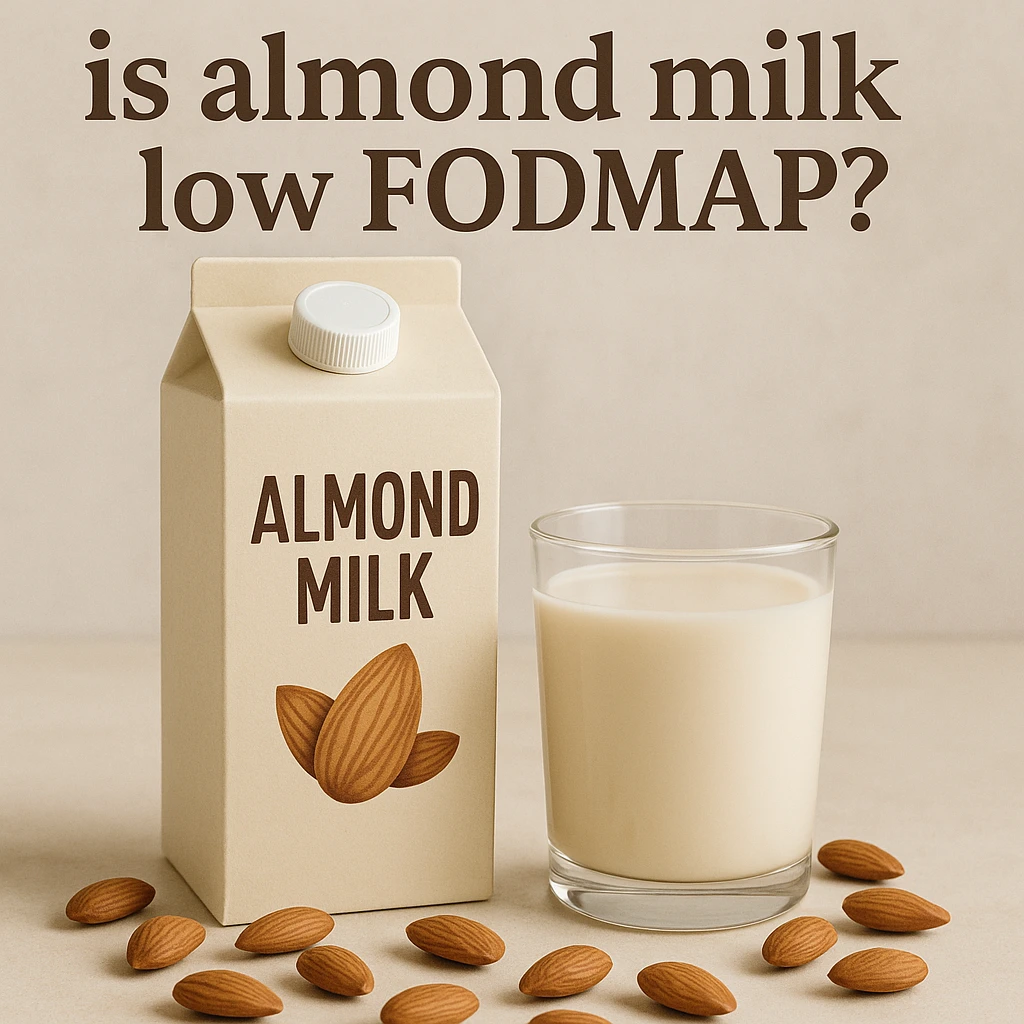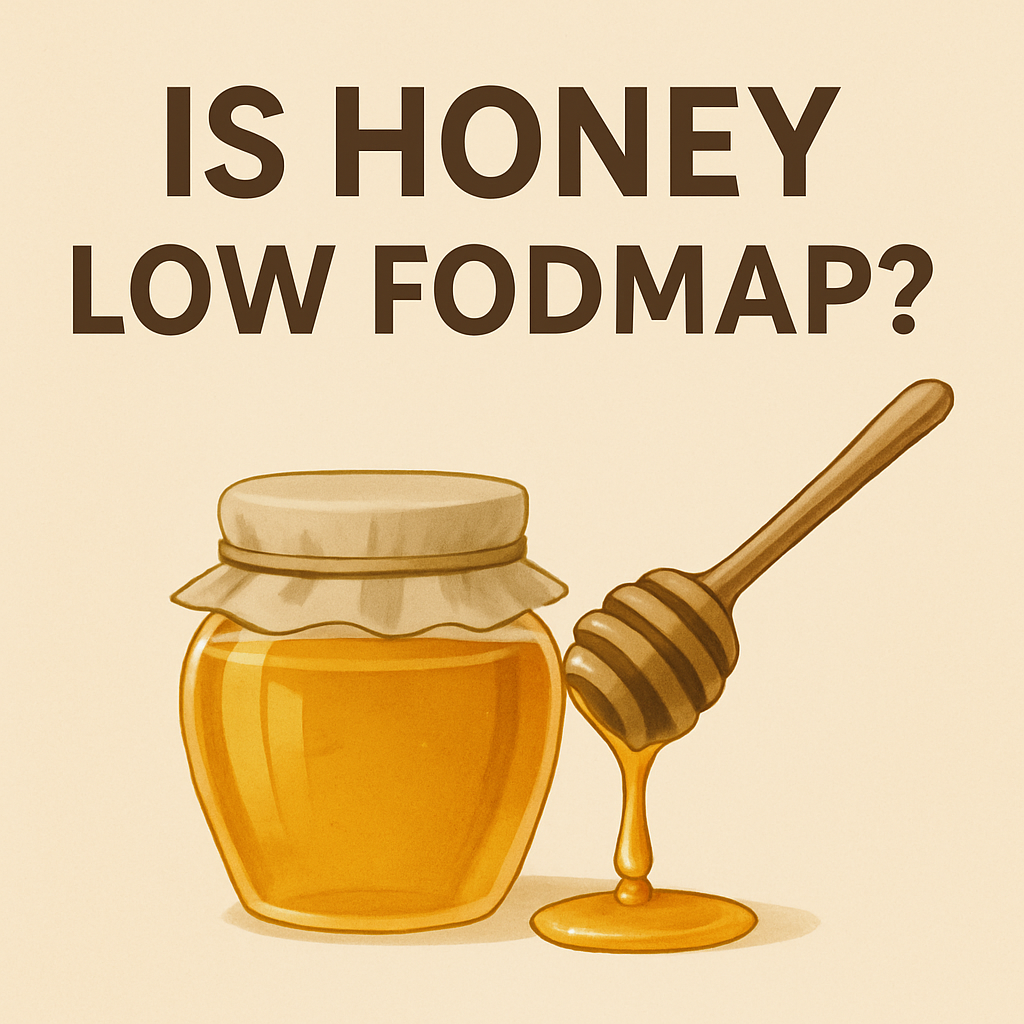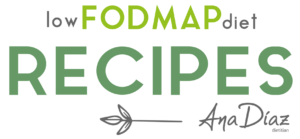Yes, you can still enjoy bread if you’re following a low FODMAP diet. The key lies in choosing the right types, being mindful of portions, and understanding how different breads affect digestion. Let’s walk through it together; gently, clearly, and with no judgement.
Bread often feels like home, doesn’t it? A slice of toast in the morning, a sandwich at lunch, perhaps something warm with soup on a rainy day. If you’re managing digestive discomfort, especially with IBS, you might have wondered if bread has a place in your routine anymore. The good news is: it does. You just need to know where to look, and what to look for.
Table of Contents
Why Does Bread Trigger Symptoms in IBS?
Many people associate bread with discomfort, especially bloating or cramping. But the culprit often isn’t gluten, it’s something called fructans, a type of fermentable carbohydrate found in wheat, rye, and barley. These belong to a group of short-chain carbohydrates called FODMAPs, which can be tricky for sensitive guts to absorb.
When these FODMAPs reach your large intestine undigested, they ferment and produce gas. This can cause bloating, pain, or changes in bowel habits, something all too familiar if you’re living with IBS.
Which Breads Are Low FODMAP?
You don’t have to say goodbye to bread forever. In fact, there are several types that are naturally lower in FODMAPs, or can be enjoyed safely in small portions. Let’s take a look at your options.
Traditional Sourdough: A Gentle Choice
One of the most IBS-friendly breads is traditional sourdough, especially when made with spelt or wheat and fermented slowly over 12 to 24 hours. The long fermentation process allows bacteria to break down much of the fructans, making it easier for your digestive system to handle.
Look for sourdough made with simple ingredients: flour, water, salt, and a natural starter. If you can speak to the baker, ask about the fermentation time. Anything over 12 hours is a good sign.
Gluten-Free Doesn’t Always Mean Low FODMAP
It’s a common assumption: gluten-free must be safe, right? Not necessarily. Many gluten-free breads contain high-FODMAP ingredients like inulin, chicory root, apple juice concentrate, or legume flours. These can quietly undo your good intentions.
What you want is a clean ingredient list, ideally based on low FODMAP grains like rice, corn, millet, or certified low FODMAP formulas.
Portion Size Matters
Here’s a lovely secret: even standard white wheat bread can be low FODMAP, if the portion is small enough. In general, one thin slice (around 25 grams) may be tolerated by many. It’s always best to test gently, start low, and listen to your body.
Choosing the Right Bread: A Friendly Guide
Here’s a little roadmap to help you feel more confident next time you’re at the bakery or in the supermarket.
What to Look for on the Label
- Monash University certification: This ensures the bread has been laboratory tested to meet low FODMAP standards.
- No hidden FODMAPs: Watch out for ingredients like honey, fruit juices, dried fruits, chicory root, or legume flours.
- Simple, whole ingredients: Less is more when it comes to peace of gut.
Best Bread Types to Try (With Monash Evidence)
| Bread Type | Low FODMAP Serving (Monash) | Why It’s Low FODMAP |
|---|---|---|
| White wheat sourdough | 2 slices (~109 g) | Traditional sourdough fermentation reduces fructan content, making this bread suitable in larger portions. |
| Whole wheat sourdough | 2 slices (~97 g) | Despite containing wheat, the fermentation process lowers FODMAP levels significantly. |
| Spelt sourdough (100% spelt) | 2 slices (~82 g) | Naturally lower in fructans and well-tolerated in moderate portions when traditionally fermented. |
| Oat sourdough | 1 slice (~26 g) | Low FODMAP at one slice; larger serves are moderate and may cause symptoms in some people. |
| Standard white wheat bread (non-sourdough) | 1 thin slice (~24–35 g) | Only low FODMAP at small portions due to higher fructan content without fermentation. |
| Gluten-free bread (white/wholemeal) | 2 slices (~52 g) | Generally low FODMAP when made with safe flours (rice, corn, millet); check ingredients to avoid hidden FODMAPs. |
Baking Your Own Low FODMAP Bread
There’s something grounding about baking your own bread. You know exactly what goes into it, and the smell filling your kitchen? It’s comfort in its purest form.
Simple Tips for Success
- Choose safe flours: Rice, millet, buckwheat, sorghum, and oats are all good choices.
- Let it ferment: If using sourdough methods, allow 12–24 hours of fermentation.
- Avoid sneaky FODMAPs: Skip honey, agave, fruit purées or fibre additives like inulin.
- Watch your portions: Use a kitchen scale at first; it’s surprisingly easy to overshoot.
- Freeze for convenience: Slice, wrap, and freeze individual portions. That way, your body (and morning routine) stays happy.
Tips for Enjoying Bread Without Symptoms
We’re not aiming for perfection here, just kindness to your gut and peace in your day. Here’s how you can reintroduce bread gently:
- Go slow: Try one slice, on its own, then wait and see how you feel over the next 24–48 hours.
- Don’t stack FODMAPs: If you’re testing bread, don’t pair it with garlic hummus or lentil soup. Keep it simple.
- Keep a diary: Note down the type of bread, amount, and how you felt. Over time, patterns emerge.
- Work with a dietitian: Especially if you’re navigating reintroduction. They can help you feel safe and supported.
What’s New in 2025: Bread and Reintroduction
Recent updates from Monash University confirm that portion size and fermentation really matter. Some breads previously thought to be high in FODMAPs may be tolerated in small amounts. Others, especially wholegrain wheat breads, can vary greatly by country and brand, so Monash now recommends reintroducing them based on what’s available locally.
So, yes: if you’ve been missing bread, this might be your moment to try again, with confidence.
Ready to Reintroduce Bread?
You don’t have to do it alone. If you’re in the reintroduction phase of your low FODMAP journey, I’m here to guide you with clarity, science, and compassion.
Contact me if you have any questions and sign up for my newsletters, so you can be updated on gut-friendly bread and low FODMAP baking at home. Whether you’re a toast lover or a sourdough dreamer, we’ll find what works for you, one slice at a time.
FAQs About Low FODMAP Bread
Is gluten-free bread always safe?
Not always. Some gluten-free breads include high-FODMAP ingredients like honey or inulin. Always check labels carefully.
Can I eat regular wheat bread?
In small portions, yes. One slice of white wheat bread (around 25g) is often well tolerated, but everyone’s threshold is different.
Is sourdough bread low FODMAP?
If it’s traditional, long-fermented sourdough, then yes, especially when made from spelt or wheat. Be cautious of supermarket “sourdough” that isn’t truly fermented.
How can I tell if a bread is truly low FODMAP?
Look for Monash-certified products, or check the ingredients list for known FODMAP triggers. Simplicity is your friend.
Can I eat bread daily on a low FODMAP diet?
Yes, if it’s a type and portion that suits your body. Everyone’s tolerance is unique; some enjoy bread daily, others prefer a few times a week.

